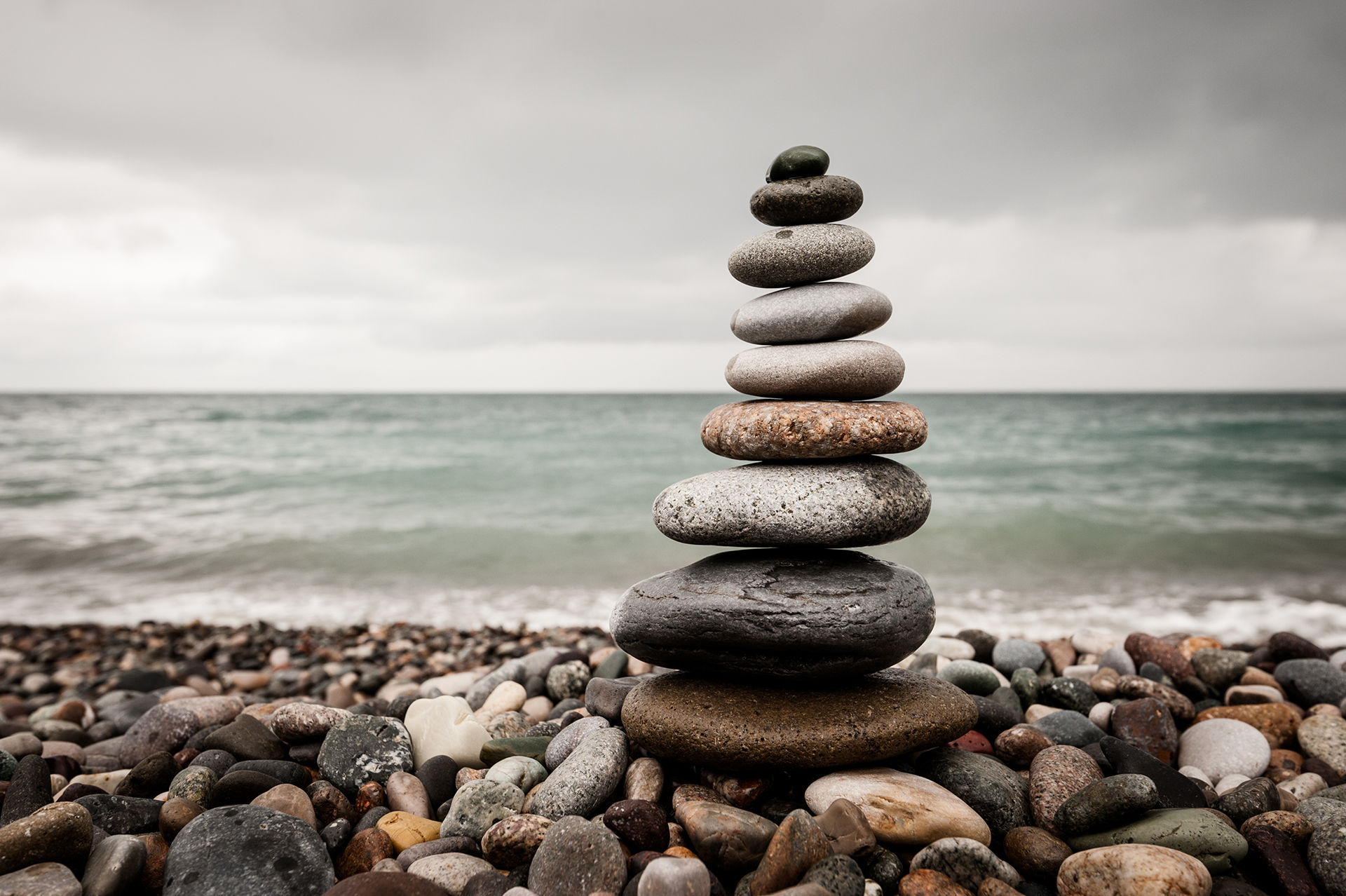
BounceBackAbility
Benefits of Tai Chi
"Tai Chi is to Meditation as Soccer is to Sports."
There are specific "rules" and procedures that must be followed in order to call your practice "Tai Chi". These rules and procedures are what make your practice more valuable. This document will cover the basic principles associated with these rules. These three basic rules for the practice of Tai Chi are as follows.
(Steve's rules)

Qualitative Difference
Understanding the importance and concepts of movement
All movements must be done slowly and in a synchronized fashion. This approach to moving requires that you be in a more meditative or contemplative state of mind. To practice Tai Chi without moving slowly, deliberately and in a coordinated way could be call "just moving".
All movements must be done with little or no effort. When stepping, turning and moving your arms the student must do so with the specific intent of (mental image) of moving something that has not substance. This at first sounds unusual and it is very different that our normal way of expressing movement. In this way Tai Chi is very different from every day physical activity. You should visualize that you are actually "pushing" something that has no weight or resistance.
All movements must be accurate and deliberate as you connect one position to the next. This approach is often called "flow" or continuity of movement. You are not doing a series of movements. You are flowing from one movement to the next.

Alignment and Balance
You must align or center your body internally and externally
In our TaiChi sessions, I often used the cardinal directions of East, West, North and South. However, you could use the face of a clock as a guide to center your internal structure with your all TaiChi movements.
Use your body's natural center line as a guide. Your spine resides in the very center of your body and all your internal structures "hang" from your spine. It is vital that you develop an awareness of this center or balance point. You begin your Tai Chi practice by facing and aligning your center towards the East. (point your noise East).
Your feet must always be in alignment with your center (spine). During the Tai Chi classes you will be instructed on this alignment. We will use your feet as an indication or measurement of the degree your body's posture is in the optimum position for the transfer of weight and force. So begin your Tai Chi practice with your toes pointed East.
Your vertical alignment is also important for your overall posture and balance. Use your ears to align your body vertically. You ears should be positioned (gently) over the shoulder joints

Joint Health
A system of joints inter-connects all the body's parts and facilitates movement
We will discuss the internal structure of the joint in more detail during the class sessions but for now, here are a few points to keep in mind while doing Tai Chi.
All joints have a collagen protective coating. This coating both protects the bone socket and provides a smooth surface for movement. Your slow and gentle movements will "massage" this connective tissue promoting circulation and flexibility.
All joints have a lubricant call Synovial fluid see image. Your slow movements will promote a more even distribution of the Synovial fluid and at the same time help distribute the body's valuable connective tussle nutrients.